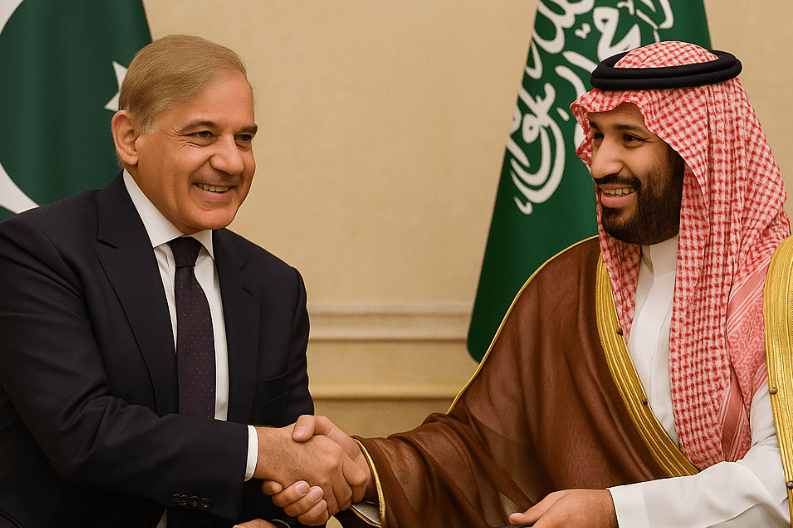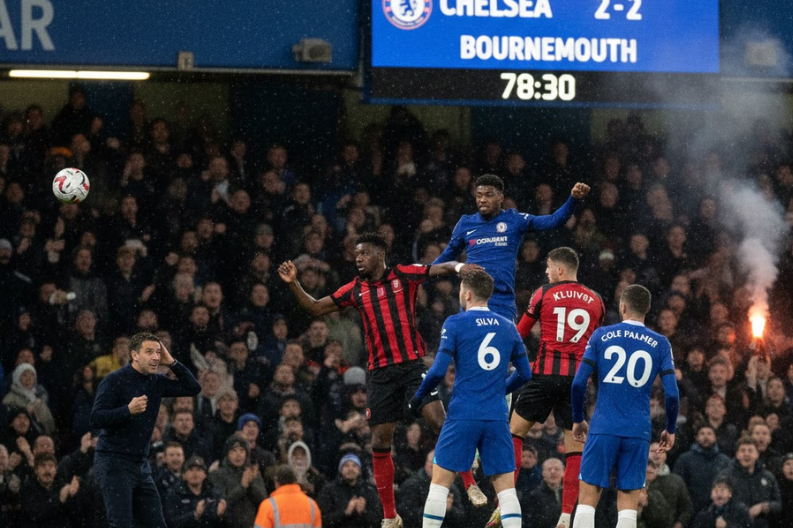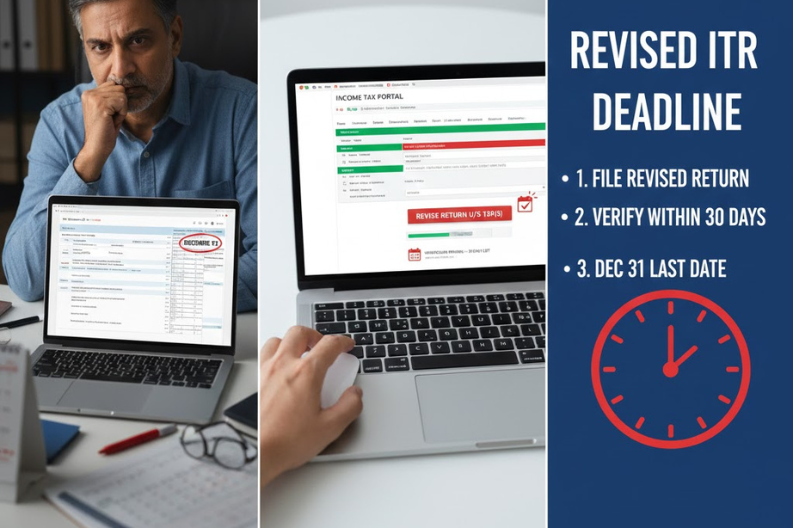On September 17, Prime Minister Shehbaz Sharif of Pakistan and Crown Prince Mohammed bin Salman of Saudi Arabia signed the Strategic Mutual Defence Agreement. This historic step, now known as Pakistan and Saudi Arabia’s Defence Pact, took place at Al-Yamamah Palace in Riyadh. Many top leaders attended, including Pakistan’s Army Chief, Field Marshal Asim Munir, showing how serious the deal is.
The agreement aims to build stronger security ties. In a joint statement, both sides said it reflects their shared commitment to peace. They explained that the goal is to boost defense cooperation and act together against growing threats.
This pact matters more now because of regional conflicts. Israel’s actions in Gaza and attacks on nearby countries have shaken the Middle East. Tension grew when Israel targeted Doha, the capital of Qatar, which directly borders Saudi Arabia. Gulf nations now fear more attacks, and Saudi Arabia sees the pact as a shield against such risks.
The timing is also important. India had just carried out Operation Sindoor, a large military action. Saudi officials insisted the pact was not a reaction to any one country. They said it came from years of careful discussions and simply formalizes existing cooperation.
The agreement covers many areas of defense. Still, one question remains: does it involve Pakistan’s nuclear capability? Saudi officials avoided giving a clear answer.
Pakistan and Saudi Arabia share ties that go back almost eight decades. In 1947, Saudi Arabia quickly recognized Pakistan’s independence. By 1951, both signed the Treaty of Friendship, creating a strong base for defense and economic links.
Relations grew deeper in the 1960s when Pakistan sent troops to Saudi Arabia during Arab conflicts. In 1979, Pakistani Special Forces helped Saudi troops during the Grand Mosque siege in Mecca. Later, in 1982, the Bilateral Security Cooperation Agreement allowed Pakistani officers to train Saudi forces. Since then, more than 8,000 Saudi soldiers have trained in Pakistan.
Brigadier Feroz Hassan Khan wrote in his book that Saudi Arabia also gave major financial help to Pakistan’s nuclear program. This support came during sanctions and built even more trust between the two allies.
Today, Saudi Arabia views Iran and Israel as its main rivals. It still depends heavily on the United States for security. But U.S. backing of Israel makes Gulf states uneasy. Tensions rose further after Israel’s strike on Qatar. The country hosts a U.S. military headquarters and sits on Saudi Arabia’s border. About 40,000 to 50,000 U.S. troops remain spread across the Middle East.
Former U.S. diplomat Zalmay Khalilzad voiced concern about the pact. He warned that Pakistan’s long-range missiles, which can reach across the Middle East, could add new risks if tied to Saudi defense plans. His comments show how global powers are watching the pact closely.
Economics also matter. Saudi Arabia is India’s fourth-largest trading partner, with trade worth nearly $43 billion. In contrast, Saudi trade with Pakistan is only $3–4 billion. This shows that defense cooperation is far stronger than economic links, an imbalance both sides may want to fix.
For the people of both countries, the pact shows trust and unity. For the world, it raises questions about nuclear issues, power balance, and outside players like Israel and the U.S. Many believe this agreement will shape security not just in the Gulf but also in wider regions.
As the Middle East faces fresh challenges, Pakistan and Saudi Arabia’s Defence Pact could reshape peace, security, and cooperation for the future.



